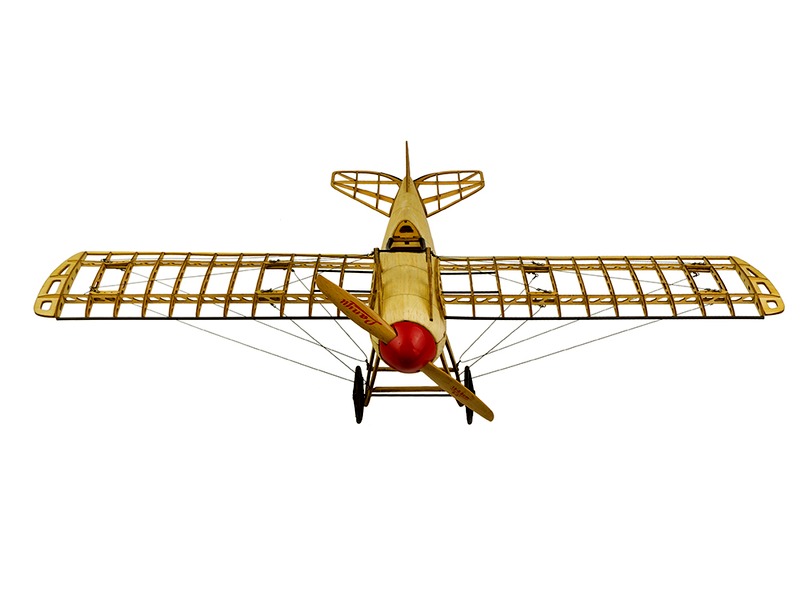Can you fly RC planes in wind?

Yes, it is possible to fly RC planes in wind, but it is important to understand the factors at play and how they impact the safety of the flight. Wind can have a significant impact on the flight characteristics of RC planes and must be accounted for when planning and executing a flight.
Wind strength, direction, and gusts must be taken into account when flying an RC plane in wind. Wind can create lift, which can cause a plane to gain altitude and become difficult to control. It can also cause turbulence and affect the plane’s stability. Wind can also cause the plane to drift off course and even cause the plane to lose altitude and become difficult to control. Wind gusts can cause sudden changes in lift, causing the plane to become difficult to control.
For these reasons, it is important to take wind into account when planning a flight. Winds can be monitored using various sources, such as wind meters, balloons, and weather forecasts. When flying in wind, it is important to choose a location that has good wind conditions and a wind direction that is favorable for flying.
It is important to properly trim the plane when flying in wind. Trimming is the process of adjusting the control surfaces of the plane to the correct position for the wind conditions. This helps the plane fly straight and true and can help make flying in wind easier.
It is also important to understand the limitations of the aircraft when flying in wind. Wind can affect the performance of the aircraft, and it is important to understand the maximum wind speed that a particular aircraft can withstand before it is at risk of becoming uncontrollable. It is also important to have an understanding of the maximum angle of attack that the aircraft can sustain when flying in wind.
In addition to understanding the limitations of the aircraft, it is important to be aware of the risks associated with flying in wind. Wind gusts can cause sudden changes in lift that can lead to the plane becoming uncontrollable or crashing. It is important to be aware of the wind conditions before flying and to always have a plan in place in case the wind causes the plane to become uncontrollable.
In conclusion, it is possible to fly RC planes in wind, but it is important to understand the factors at play and how they impact the safety of the flight. Wind can have a significant effect on the flight characteristics of RC planes and must be taken into account when planning and executing a flight. It is important to properly trim the plane and understand the limitations of the aircraft when flying in wind and to always be aware of the risks associated with wind. With the right knowledge and preparation, it is possible to fly RC planes in wind.
Comments / Question
2. Increase the Weight: Adding weight to the RC plane can help to increase its stability in windy conditions. This can be done by adding ballast or extra batteries.
3. Increase the Propeller Size: Increasing the size of the propeller can help to increase the thrust of the RC plane and make it more stable in windy conditions.
4. Increase the Airfoil Thickness: Increasing the airfoil thickness of the RC plane can help to increase its stability in windy conditions. This can be done by adding a thicker airfoil or using a thicker material.
5. Increase the Dihedral Angle: Increasing the dihedral angle of the RC plane can help to increase its stability in windy conditions. This can be done by increasing the angle of the wings.
6. Use a Gyroscope: Using a gyroscope can help to increase the stability of the RC plane in windy conditions. This can be done by adding a gyroscope to the RC plane or using a gyro-stabilized platform.
2. Avoid flying in windy conditions with gusts greater than 10 mph.
3. Choose a model that is designed for windy conditions.
4. Use an appropriate amount of control surface deflection to prevent over-control.
5. Monitor the aircraft’s attitude and altitude to maintain control.
6. Be aware of wind shear and turbulence.
7. Reduce throttle when flying in gusty winds.
8. Use a longer launch and landing approach.
9. Avoid flying close to trees and other objects that could be affected by the wind.
10. Be prepared to land quickly if the wind becomes too strong.

